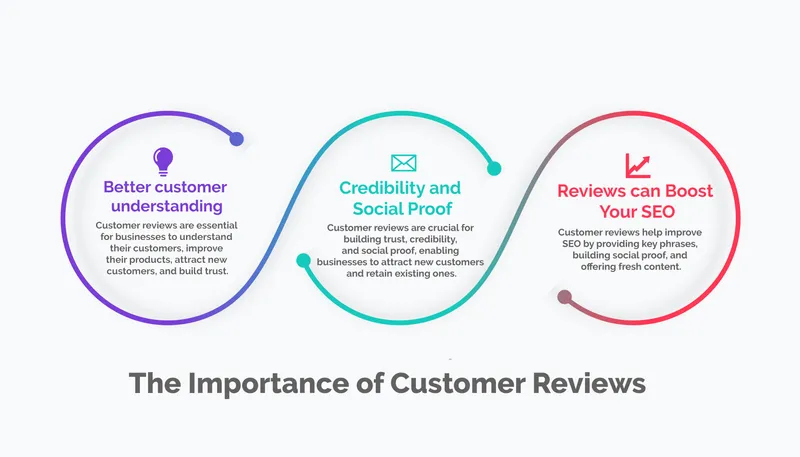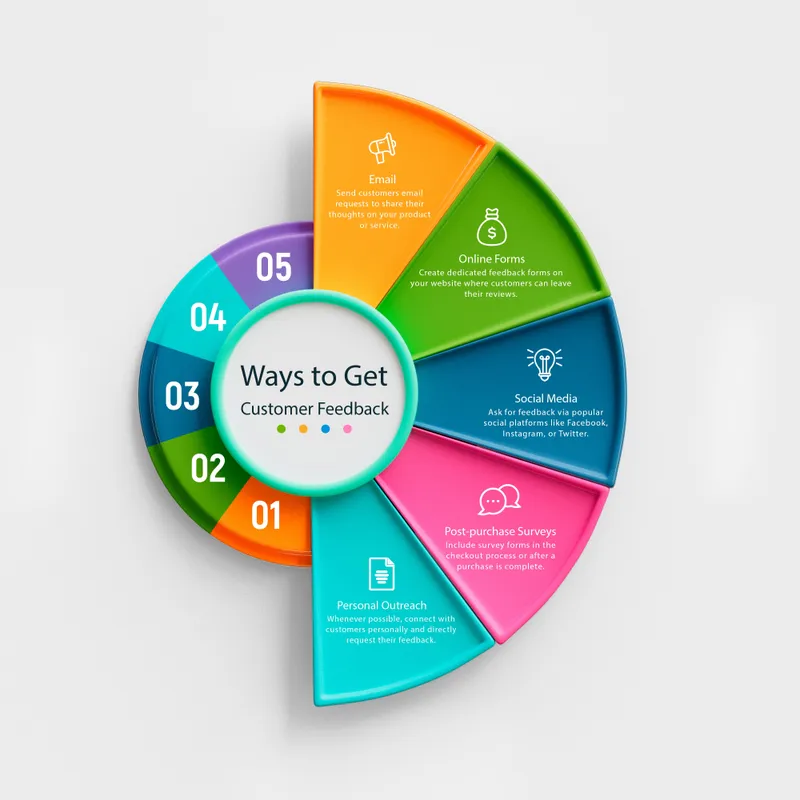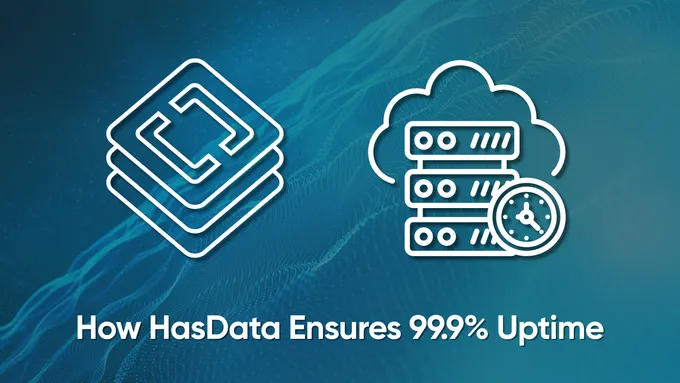Scraping Customer Reviews: From Data to Business Value
Businesses of all sizes are looking for new and innovative ways to grow. One strategy that is growing in popularity is scraping customer reviews. This process can give businesses invaluable insights into customers’ thoughts about their products or services. In addition, scraped data can improve marketing efforts and create more effective business strategies. While scraping customer reviews may seem daunting at first, it can be a valuable tool for businesses looking to boost their bottom line.
What is Review Scraping?
Review scraping is the automated process of collecting and extracting customer feedback from various online sources, such as e-commerce platforms, social media networks, and dedicated review websites. This data is then transformed into a structured format, typically in the form of spreadsheets or databases, to facilitate further analysis and insights.
Companies engage in product review scraping for a multitude of reasons. Some utilize this data to refine their products, while others employ it to monitor their competitors. Regardless of the motivation, product review scraping yields valuable insights into customer sentiment.
There are many different ways to collect customer review data. Some companies do it themselves, while others outsource the task to specialized data collection companies. The most important thing is to make sure that the scraping process does not violate the terms of service of the website where the reviews are hosted. Otherwise, you may be blocked from the site, which will defeat the purpose of data collection.
The Benefits of Scraping Customer Reviews
Customer reviews are crucial for businesses as they offer valuable feedback, enhance trust, and boost search engine rankings, driving traffic to a business website. In today’s competitive online market, customer reviews are a powerful tool for businesses to stand out.

So, there are several reasons why it is worth scraping customer reviews:
1. Better customer understanding. Understanding your customers is crucial for business success. Customer reviews provide valuable feedback to improve products, services, and customer service, leading to increased sales and satisfaction. Additionally, positive reviews attract new customers and build trust, fostering customer loyalty.
2. Credibility and social proof. Positive reviews foster trust among potential customers, making them more likely to engage with the company. Moreover, reviews provide valuable feedback for businesses, enabling them to identify areas for improvement and enhance customer satisfaction. In essence, customer reviews are indispensable for businesses seeking to attract new customers and retain existing ones.
3. Reviews can boost your SEO. Customer reviews can significantly enhance your SEO by introducing relevant keywords, establishing social proof, and providing fresh content.
How to Leverage Customer Reviews
Customer feedback is a valuable resource for businesses, providing insights into customer preferences and areas for improvement. By analyzing customer reviews, businesses can identify patterns, understand customer sentiments, and make data-driven decisions to enhance customer experience and drive business growth.
Here are some specific tips for collecting and analyzing customer feedback:
- Make it easy for customers to provide feedback. You can do this by offering online surveys, in-store feedback forms, or even just asking customers for their feedback in person.
- Be specific about what you want to know. Don’t just ask customers for general feedback. Ask them specific questions about their experience with your business.
- Use data visualization tools. Data visualization can help you identify patterns and trends in your customer feedback.
- Act on the feedback you receive. Let customers know that you’re listening to their feedback and that you’re making changes based on their input.
By following these tips, you can use customer feedback to improve your business and create a better experience for your customers.

Let’s discuss in more detail how to use customer reviews.
Online reputation monitoring
Web scraping is a valuable tool for businesses to track their online reputation. By collecting customer reviews from sites like Yelp and Google, businesses can:
- better understand what people are saying about them;
- identify areas where they can improve;
- track reviews over time to see how their reputation is changing.
By monitoring their online reputation, businesses can ensure that they are always presenting themselves in the best light.
Competitors’ business review analysis
Businesses need to have a good understanding of their competitors. This helps them make informed decisions about their strategies and track any new threats. One way to do this is to study customer reviews of their business. This can give you insights into what people like and dislike about their products or services, as well as identify areas where you have an advantage.
Revealing the prospects for a startup
Online customer reviews can be used to assess the demand for your product or service, understand consumer preferences, and identify potential issues.
Better customer awareness
Customer reviews provide valuable insights into what your customers like and dislike about your product or service, and they can also help to raise brand awareness. By scraping customer reviews, you can easily track customer sentiment, identify patterns in their feedback, and stay up-to-date on the latest customer news.
Fraud detection
Customer reviews are a key factor in making purchase decisions. According to BrightLocal research, 98% of consumers read online reviews when researching local businesses. To spot fake reviews, follow these tips:
- Look for unusual activity, such as a sudden influx of positive reviews from previously inactive users.
- Be wary of vague or general reviews, as they are often signs of inauthenticity.
Following these tips, you can be confident that you are getting accurate information from customer reviews.
Doing Sentiment Analysis
Customer review data scraping is an efficient way to collect data for sentiment analysis. There are two main approaches:
- Using a web scraper to collect reviews from specific websites.
- Using an API to access review data from popular platforms like Amazon or Yelp.
It is important to collect a large enough dataset to train a sentiment analysis model with high accuracy. Once the model is trained, it can be used to automatically classify customer opinions as positive or negative.
The Most Popular Sources and Web Platforms
There are many popular sources and web platforms to extract customer reviews. Some of the most popular include Amazon, Yelp, and Google. These platforms offer a wealth of data that can be used to understand customer sentiment and make informed decisions about products and services.
Amazon
Amazon is the world’s largest online marketplace and a popular source for customer reviews. Reviews are an important part of the Amazon ecosystem, providing information about products and sellers. Amazon Product Scraper can provide you with data on a wide range of products, a global customer base, and a wealth of customer reviews. This information can be a valuable resource for businesses.
TripAdvisor
TripAdvisor, a leading travel platform, offers valuable insights for businesses worldwide. By actively monitoring their TripAdvisor page, businesses can leverage customer reviews to identify areas for improvement and promptly address customer concerns, solidifying their reputation in today’s competitive market.
Yelp
Yelp has emerged as a powerful tool for businesses to gauge customer satisfaction and make data-driven decisions. By analyzing Yelp reviews, businesses can gain valuable insights into customer sentiment, identify areas for improvement, and adapt their offerings to meet evolving customer needs. Yelp serves as a treasure trove of customer feedback, enabling businesses to stay ahead of the curve and thrive in the dynamic marketplace.
Glassdoor
Glassdoor is a popular platform for anonymous employee and customer reviews. While it’s a valuable resource for job seekers and consumers, it’s crucial to consider the limitations of anonymous reviews before relying on them for decision-making.
Google Places
Google Places is one of the best sources for scraping customer reviews. It offers a wealth of insights into businesses, products, and services. Its vast user base and comprehensive review data make it an invaluable resource for businesses seeking to analyze and improve their customer experience.
Trustpilot
Trustpilot is an online platform that connects consumers and businesses through reviews. Consumers can share their experiences, and businesses can gather and manage customer feedback. Trustpilot helps consumers make informed purchasing decisions and businesses improve their products and services.
How to Scrape Customer Reviews
To collect customer reviews, you will need a tool to extract the data. Here are four ways to get started:
- Use a web scraping API. This is the easiest option, but it may not be flexible enough for your needs.
- Collect reviews manually. This is the most time-consuming option, but it gives you the most control over the data.
- Use a web scraping tool. This is a good option if you need to collect reviews from multiple websites.
- Build your own scraper. This is the most complex option, but it gives you the most flexibility.
Regardless of the method you choose, customer review scraping can be a valuable way to collect information for your business.

On the other hand, if you want to get reviews directly from customers, you need to make it easy for them to leave reviews. You should also offer multiple options so that customers can leave reviews where it is convenient for them.
Customer Reviews Scraping: Challenges and Solutions
When extracting customer reviews directly from websites can be challenging due to various restrictions. Some websites limit scraping attempts, employ CAPTCHAs to deter automation, and require authentication. To overcome these obstacles, consider utilizing a web scraping API that employs rotating proxies and bot protection bypass techniques. Additionally, pre-built scrapers tailored to specific websites can effectively navigate formatting inconsistencies.
Ethical Customer Review Scraping
As more and more businesses strive to integrate customer reviews into their marketing efforts, the risk of ethical breaches increases. For example, some companies may be tempted to manipulate reviews by posting fake positive reviews or paying customers to write glowing reviews. Others may try to game the system by offering incentives for customers to leave positive reviews or discounts in exchange for negative reviews. As a responsible business owner, it is important to ensure that you are ethically scraping customer reviews.
Here are a few tips:
- only scrape reviews from reputable sources
- clearly disclose how you are using the scraped reviews
- do not post fake reviews or offer incentives for positive reviews
Following these simple guidelines can help ensure that your customer review scraping practices are ethical and responsible.
Is it legal to scrape reviews?
It is generally legal to scrape reviews from websites as long as they are publically accessible and the scraping does not violate the website’s terms of service. However, it is important to respect the intellectual property rights of the site owner. When scraping reviews for research or analysis, it is best only to extract the text and not copy the entire review. Additionally, you should avoid extracting reviews from sites with terms of service forbidding scraping. Finally, if you plan to publish the results of your research, be sure to attribute the source of the review data.
Conclusion
Online reviews are a valuable resource for both customers and businesses. They provide potential buyers with information about products and services and give companies insight into what consumers want and how they can improve their offerings.
Our web scraping API makes it easy to collect data from review sites so that you can monitor your reputation and make sure your business is providing the best possible experience for customers.



